Want to grow fresh vegetables even in the dead of winter? Well, a cold frame greenhouse might work wonders for you.
You can use it to grow lettuce, kale, spinach, radishes, and practically anything you want to in the freezing days of winter. Greens withstand frosty temperatures. Hence, use them to suit your cold frame greenhouses.
What Is a Cold Frame?
Cold frames welcome the sunlight and heat the soil passively. Thus, even in chiller winters, warm air circulates through the grid. This heat keeps plants warm and prevents freezing. At home, stack up the straw, add soil and compost, and top off with plastic or glass to create a simple cold frame that responds to varied climates. Salad greens like chard, Mache, claytonia, and arugula grow well in this set-up.
How To Build a Cold Frame for Winter?
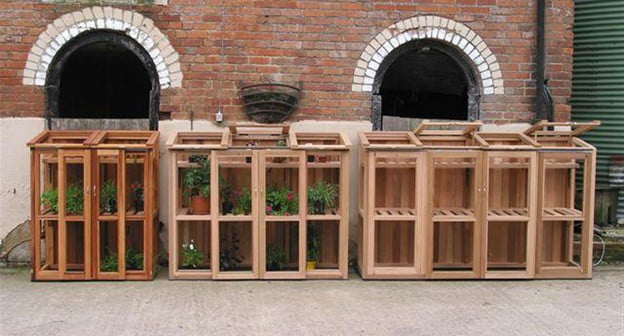
Cold frames range from a variety of structures. You can either cover ground holes in plastic or build a framework or insulated beds in leftover wood. Remember to use clear plastic, glass, or double panel polycarbonate for southern glazing to absorb the radiation. Moreover, seal the top of the frame to provide moisture, humidity, and protection from climatic elements.
Location
Keep your cold frames overlooking the sunny south skies and brace the heat. Moreover, let it have some easy access so that one can keep an eye on plants. Open the glasses or plastic on warmer days to prevent overheating and close them at night for warmth.
What Should You Grow in Winter?
If you are looking for fresh produce in winter, opt for carrots, claytonia, Italian dandelion, kohlrabi, and Mache. Since winter is harsh for climate, only the healthiest plants will grow. Prefer salad greens such as spinach and lettuces for fresh produce. Spinach is the easiest and will offer you food even after the first harvest is complete. Other greens like parsley and lettuces will require rotation.
However, remember that the harvest needs to complete before snowfalls. Hence, plant seeds in late summer or autumn. At a minimum, the plant should be fully mature before heavy snow strikes in. However, if you do get late for planting, do not worry, and go for some rapidly growing crops like parsley, onions, cress, peas, endive, escarole, Mache, carrots, and broccoli raab instead.
Production Scale
For a comparison chart, cold frames produce salad greens, which is the scale. A 4′ X 8′ frame yields enough food for a single person throughout the year, be it greens or be its bulbs. Though they do not produce so much food that can last a year for a family, they complement your table with fresh, organic, and home-grown food throughout the winter.
[amazon box=”B004W2HU0K”]Applications Of a Cold Frame
Typically, a cold frame pushes up the growing season by embracing the plants with the warmth they need. In winters, vegetables go expensive, and hence, cold frames are inexpensive food suppliers without pesticides. Additionally, they spruce up your homes and add a green touch. At schools, they provide hands-on experience to children. They act as a natural laboratory even in winters when the green cover goes down.
Ways To Grow Fresh Food in Winters
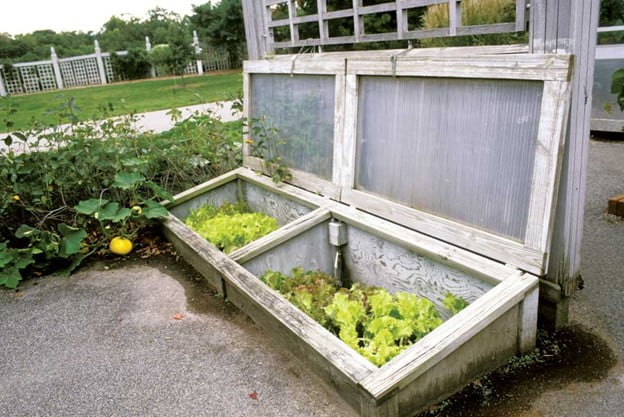
Protect Your Summer Crop
Protect and preserve the leftovers of your summer crops like carrots, beets, and scallions to start over a new cycle. Do not let them die and, instead, provide warmth with mulch or a cold straw frame. This practice will help you procure yield for weeks and months, depending on the crop.
Create Mini-Tunnels
Use PVC or metal hoops to grow food in the harsh winters. If you have a 4-foot wide bed, use a stable one-foot-long rebar stake. Proportions make the width to height ratio 4:1. Place these stakes at three-four feet apart to convert them to mini-tunnels. Finally, spread a greenhouse poly sheet over the PVC or metal stakes to secure your vegetation from the harsh winter weather.
Use Strawbale Cold Frames
Strawbale cold frames are perfect for tall crops like leeks, kale, and collards. This process is pretty simple and effective. All you need are strawbales surrounding your crop perimeter and a piece of polycarbonate fabric. Lift the top and take out the produce when it is harvest time. Moreover, strawbales offer you the modification of portability and hence, prove suitable.
Overwinter Your Crops
Plant your crops in late summer, shelter them for winter, and harvest them at the end of winter. In this practice, however, the first harvest happens in March and, you will need to consume or store the harvest. But on the other hand, over-wintering is preferable as you won’t have to step in the freezing snow and let your crops grow throughout the winter. Cold tolerant leafy vegetables like spinach are suitable for this purpose. You can even choose kale, arugula, or tatsoi for overwintering.
Cultivation
Cultivating herbs in winter is elementary. Spread a one to a two-foot thick layer of shredded leaves on the ground just before the ground freezes for winter. Cover it with an old sheet or row cover.
[amazon box=”B089VWL89G”]When it is time for harvest, pull up the cover, squash the herbs a little, dig the roots, and prepare for harvest.
Use Cloches
Cloches protect your cold-framed vegetables all through the winter. A DIY one is simple to make and will give you the appropriate benefits. Use a tomato cage on the plant top and secure it with bamboo posts. Furthermore, cover with a garbage bag and tighten it up with a cord. This arrangement will protect your plants but will not let you harvest till the snow subsides.
Conclusion
Growing fresh produce for winters in a cold frame is elementary and will provide you food through the winter. One may face some problems with heat and air, but they are solvable with strawbales and mini tunnels. Moreover, the correct location of your frame will decide the overall fate of your plants and if they will stay healthy in winter and yield a lot of produce.

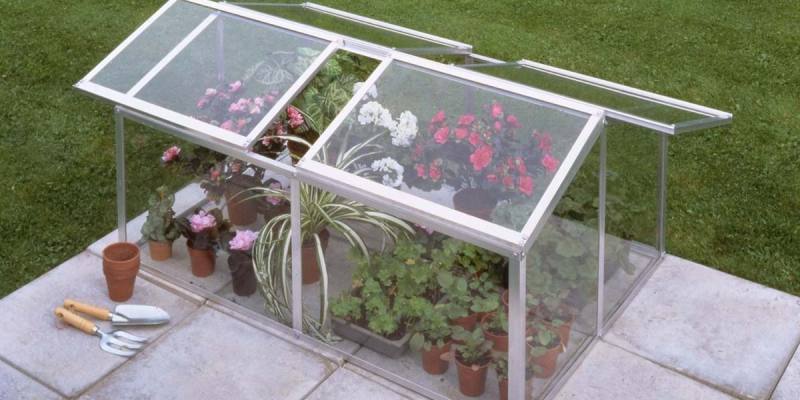
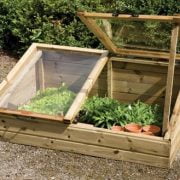


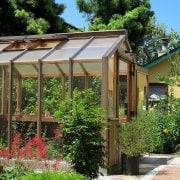
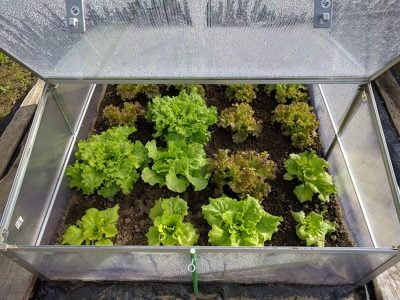
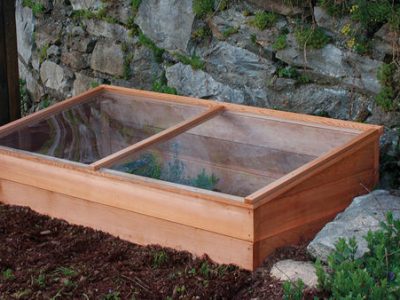
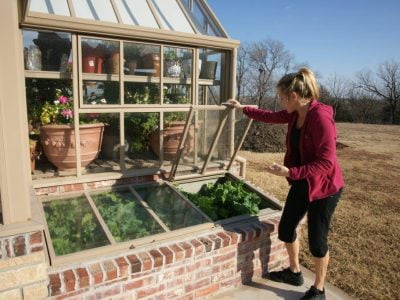
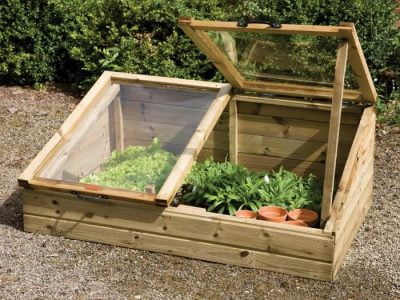

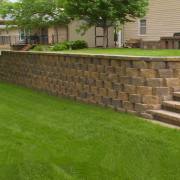


Comments